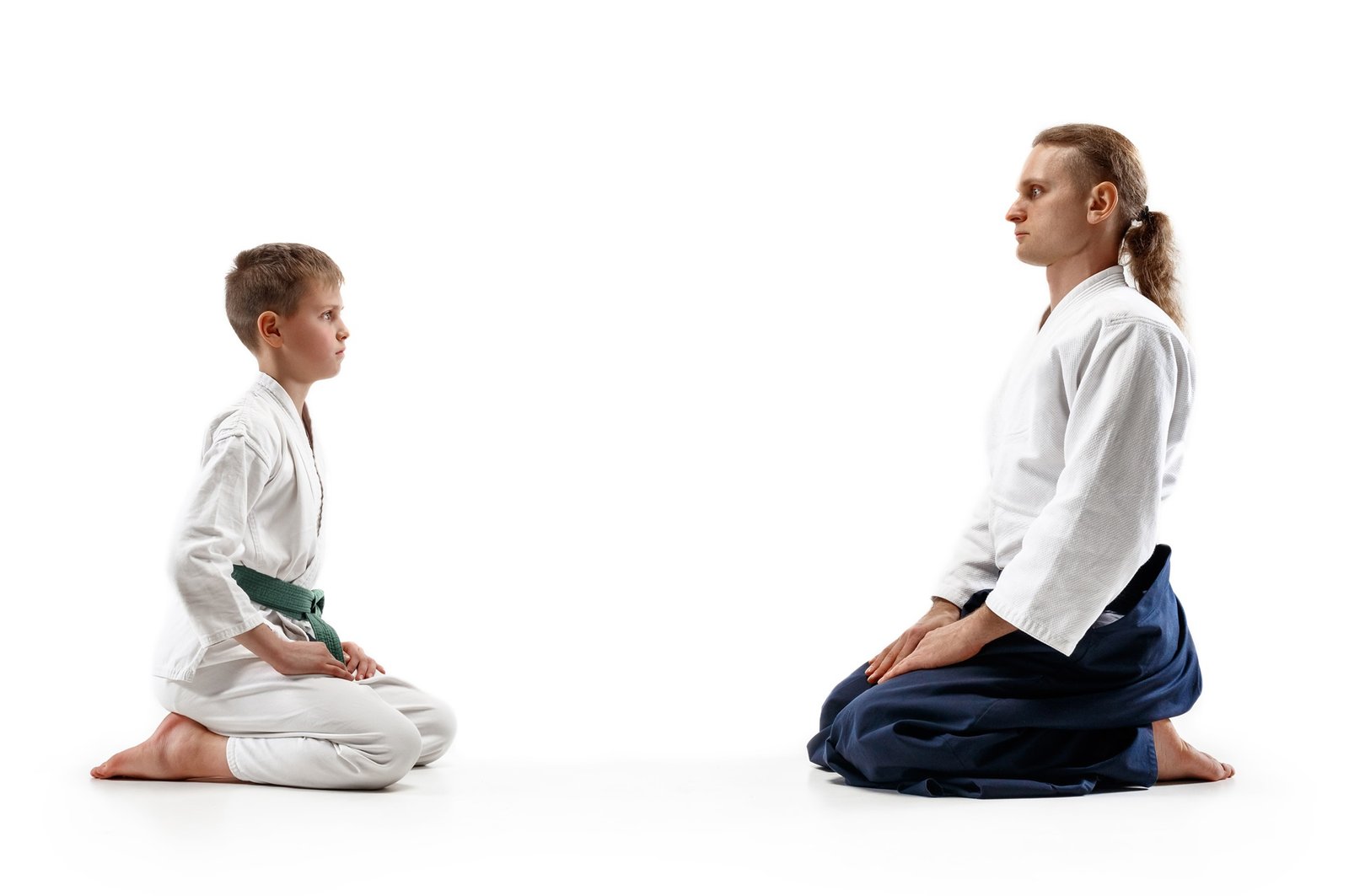Aikido is often described as a "soft" martial art, but this doesn't mean that it's weak or ineffective. Rather, the softness of Aikido comes from the emphasis on relaxation and fluidity in movement. In fact, relaxation is one of the most important aspects of Aikido practice, and can have a profound impact on both the physical and mental aspects of training.
First and foremost, relaxation is essential for effective technique execution. When we are tense and rigid, our movements become stiff and slow, making it difficult to blend with an attacker's energy and execute Aikido techniques. On the other hand, when we are relaxed and fluid, we are able to move more quickly and smoothly, making it easier to redirect an attacker's momentum and control the situation.
In addition to improving technique, relaxation can also have a positive impact on our mental state. Aikido practice can be physically and mentally demanding, and if we approach it with tension and stress, we are likely to become fatigued and frustrated. However, if we cultivate a sense of relaxation and calmness, we are better able to maintain focus and concentration, even in challenging situations.
There are many ways to cultivate relaxation in Aikido practice. One common method is to focus on the breath, using slow, deep breathing to help calm the mind and relax the body. Another approach is to visualize a sense of softness and fluidity in movements, rather than tensing up in anticipation of an attack.
Ultimately, the importance of relaxation in Aikido practice cannot be overstated. By learning to move with ease and fluidity, and by cultivating a sense of calmness and relaxation, we can not only improve our technique, but also develop a more peaceful and centered approach to life.
"The mind is the most powerful weapon we possess. In Aikido, we learn to master our own minds before we attempt to master our opponents."
Relaxation in aikido practice is fundamental to mastering its techniques and philosophy. Unlike many martial arts that emphasize physical strength and aggression, aikido teaches practitioners to remain calm and composed. By maintaining a relaxed state, aikido practitioners can move fluidly and respond naturally to an opponent’s actions. This relaxation allows them to blend with the attacker’s energy, redirecting it rather than meeting force with force. Through consistent practice, aikidokas learn to release unnecessary tension in their bodies, which enhances their ability to sense and adapt to subtle changes in the opponent’s movements. This state of relaxation not only improves technical execution but also fosters a calm and focused mind, which is essential for effective aikido practice and personal development.

